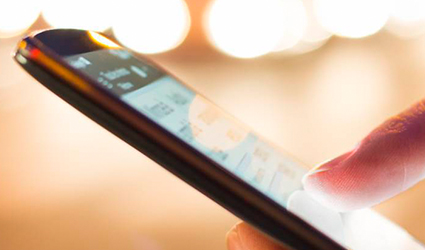Patient Matching Using Smartphones to Enhance Interoperability
August 24, 2018
Source: MobiHealthNews
 1,030
1,030

Successfully matching patients with the right healthcare practitioners seems to be a major issue for enhanced interoperability. An ONC report by RAND showed that in 2014, the range of patient matching across the healthcare setting was only around 50 percent.
To address the issue of health IT related federal agencies and private sector developers are seeking upgrades with options ranging from artificial intelligence and cloud computing to blockchain technologies for an enhanced patient mediated medical records exchange. Still, the issue is not completely solved.
The first US effort sponsored by the Pew Charitable Trusts suggested that the utilization of smartphones with specific biometric features like facial recognition and fingerprint ID could enhance patient matching in a better way. But its implementation requires the systematic development of technical specifications and prototypes in addition to s support team to track the progress of this technology. This approach will also take time to build trust among patients and providers.
Robert S. Rudin, the lead author of this study and an information scientist at RAND, said "Engaging patients in solving the problem likely requires real-world pilot testing and evaluation of an array of approaches."
Robert S. Rudin further added in a statement, "Tools and methods that allow an individual’s mobile phone or smartphone to be used for improving medical record matching among different health providers appear to be particularly promising for a patient-empowered approach to the problem."
By DduRead more on
- Things to Know before Buying Newborn Baby Incubators March 31, 2022
- Highly Resistant Food Poisoning Bug Responds to Antibiotics September 6, 2018
- Smartphone Based Diagnosis to Identify Mosquitoes Transmitting Infection September 5, 2018
- 3 Natural Plant Extracts Manufacturers on Drugdu.com September 4, 2018
- Shenzhen Chuanggan – Health Assessment Facility Supplier September 4, 2018
your submission has already been received.
OK
Subscribe
Please enter a valid Email address!
Submit
The most relevant industry news & insight will be sent to you every two weeks.



